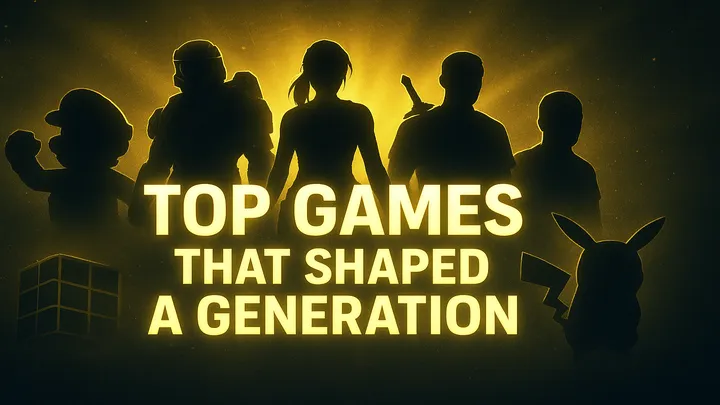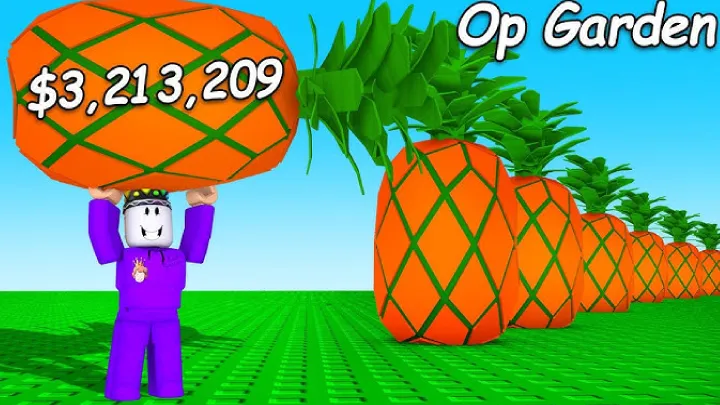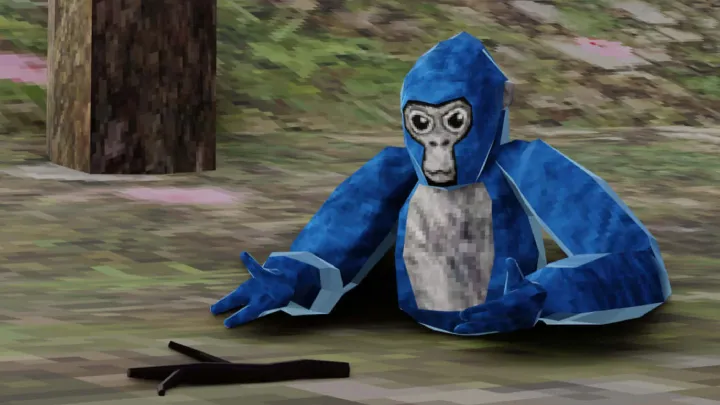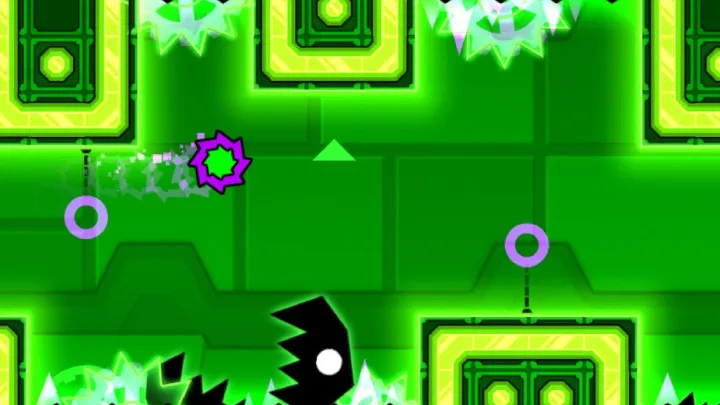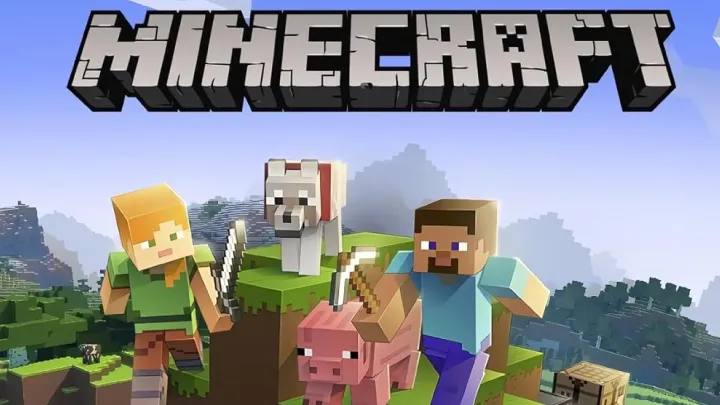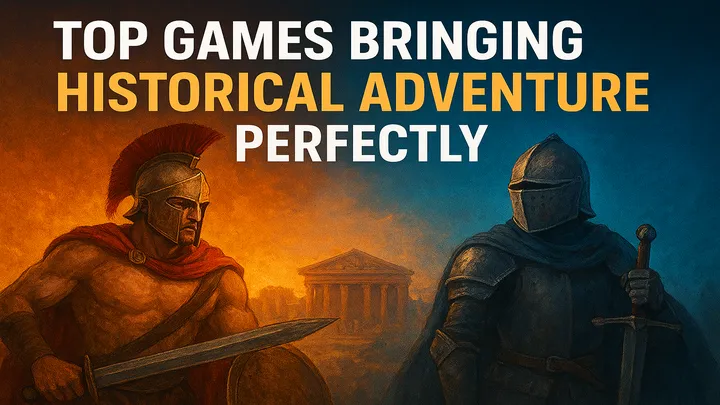Search & Destroy (S&D) in Call of Duty has long been considered the crown jewel of tactical game modes. Unlike respawn-based modes such as Team Deathmatch or Domination, S&D offers no second chances within a round. Every decision matters—whether it’s the weapon you bring, the route you take, or the timing of your push. This high-stakes format forces players to combine sharp gunskill with layered strategy, map knowledge, and communication.
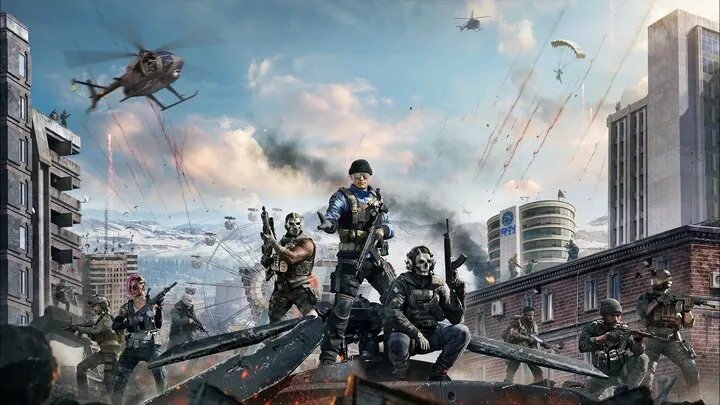
Many players enter Search & Destroy thinking raw aim will carry them through, only to discover that it’s the subtle elements—rotations, clutch plays, baiting strategies, and disciplined defense—that separate the average player from the elite. In this complete tips and guides handbook, we’ll break down S&D into phases of play: from preparation and loadouts to opening strategies, rotations, bomb site attacks and defenses, and even the psychological mind games that occur in clutch situations.
By the end of this guide, you’ll have a step-by-step approach to mastering Search & Destroy in Call of Duty, ensuring you don’t just survive but consistently dominate your matches.
Understanding the Core of Search & Destroy
At its heart, Search & Destroy is a round-based mode with one simple objective: attackers must plant the bomb at one of two sites, while defenders must stop them—or defuse the bomb if planted. Each player has one life per round, making survival and smart plays essential.
Unlike fast respawn modes, every death in S&D changes the balance of the round. Losing a player early can cripple your team’s options, while securing a first blood can open up aggressive opportunities.
Key Principles of S&D:
- Risk Management: Don’t take unnecessary fights unless the reward is clear.
- Information Control: Knowing enemy positions is often more valuable than a kill.
- Team Coordination: Lone wolves rarely succeed—S&D rewards teams that move with purpose.
Once you internalize that S&D is as much about information and positioning as it is about shooting, you begin to play the mode with a smarter, more disciplined mindset.
Building the Right Loadouts for S&D
Your loadout in Search & Destroy directly affects how you approach rounds. Because lives are limited, every piece of gear you bring has to serve a tactical purpose.
Weapons
- Assault Rifles (ARs): Ideal for mid- to long-range control. Use these to hold lanes, anchor bomb sites, and provide cover fire.
- Submachine Guns (SMGs): Essential for aggressive pushes, close-quarters combat, and bomb site entries.
- Sniper Rifles: Riskier but powerful tools for early picks, especially on maps with long sightlines.
Perks
- Dead Silence/Ninja: A must for moving silently, avoiding giving away rotations.
- Ghost/Cold-Blooded: Prevents detection from UAVs or thermal scopes.
- Battle Hardened/Tactical Mask: Helps resist flashbangs and stuns during site pushes.
Equipment
- Tactical Grenades: Flashbangs and stuns can break through defensive lines.
- Lethal Grenades: Frag or Semtex grenades clear corners and plant spots.
- Smoke Grenades: Extremely valuable for planting cover or confusing defenders.
Loadouts aren’t just about personal preference—they should complement your team’s overall strategy.
Mastering Map Knowledge and Callouts
Map mastery is one of the defining skills in Search & Destroy. Unlike casual play, where general awareness is enough, S&D requires precise knowledge of routes, chokepoints, and bomb site layouts.
Callouts
Callouts are short names assigned to specific map locations. Teams that use effective callouts gain faster communication and sharper reactions. For example, instead of saying “He’s near the right building by the truck,” you’d simply say, “Enemy at Garage.”
Key Aspects of Map Knowledge
- Spawn Routes: Learn how quickly attackers can reach bomb sites versus defenders.
- Power Positions: Understand which windows, head glitches, or corridors control sightlines.
- Rotations: Know the fastest and safest ways to rotate between sites after information is gathered.
Mastering callouts and map flow reduces hesitation, allowing your team to react fluidly to enemy plays.
Early Round Strategies and Openings
The first 15 seconds of an S&D round often decide its momentum. Opening strategies determine whether your team gains map control or gives it up.
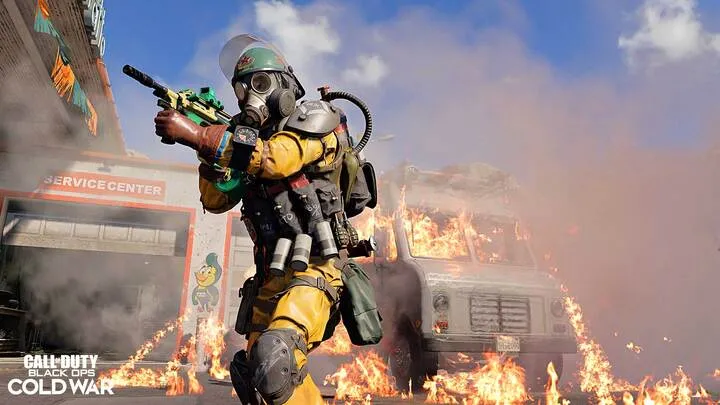
On Attack
- Fast Push: Rush a bomb site with speed, using smokes and stuns to overwhelm defenders.
- Default Spread: Spread across the map to gather information before committing.
- Pick Play: Send a sniper or AR to secure an early first blood before executing.
On Defense
- Aggressive Push-Outs: Catch attackers off guard by pushing up to choke points.
- Standard Hold: Play passively at bomb sites, conserving numbers for retakes.
- Information Plays: Use utility early to gather intel without committing.
The best teams alternate between aggression and patience to keep opponents guessing.
Mid-Round Rotations and Adaptability
Mid-round is where decision-making shines. Once trades occur and information develops, teams must rotate effectively to outmaneuver opponents.
Tips for Rotations
- Timing: Rotate too early and you risk abandoning a site; too late and the bomb goes down uncontested.
- Communication: Always confirm if teammates see or hear enemies before committing to a rotation.
- Silent Movement: Use Dead Silence or careful walking to avoid being heard.
The teams that dominate S&D are those who adapt mid-round—knowing when to stack a site, when to gamble on a rotation, and when to hold their ground.
Effective Attack Strategies for Bomb Sites
Planting the bomb isn’t just about running into a site and hitting the plant button. Coordinated attack strategies are critical for success.
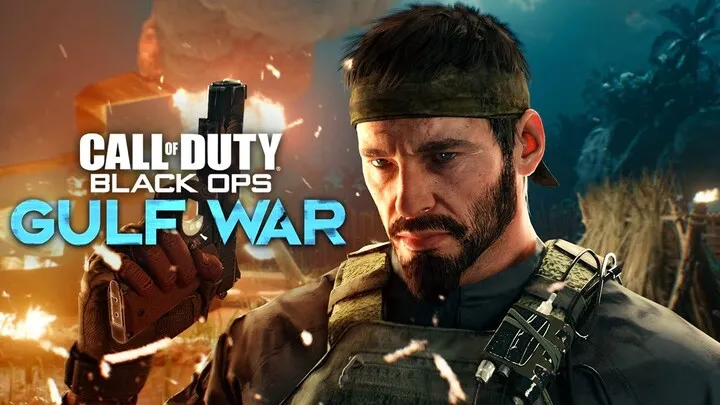
Steps for a Successful Plant
- Utility Dump: Use flashes, stuns, and nades to clear defenders out of common corners.
- Entry Fragging: Have an SMG player push first, followed by rifles to secure the site.
- Plant Coverage: Plant in a spot that can be defended from multiple post-plant positions.
Post-Plant Defense
- Crossfire Setups: Position players to cover each other’s angles.
- Utility Conservation: Save a flash or smoke to slow down defusers.
- Sound Discipline: Use audio cues from the bomb to time peeks effectively.
Attacks should always be rehearsed and coordinated, rather than improvised chaos.
Defending Bomb Sites with Discipline
Defending is about patience, crossfires, and information control. Reckless defenders often throw rounds by overextending.
Key Defensive Tips
- Play Anchors: Assign one or two players to anchor each site, with flexibility to rotate.
- Utility Denial: Use smokes, stuns, or trophy systems to delay pushes.
- Bait and Trade: One defender can draw fire while another secures the kill.
The best defenses don’t rely on stacking one site blindly. Instead, they hold solid angles, gather intel, and rotate smartly based on confirmed enemy presence.
Clutching Rounds and 1vX Situations
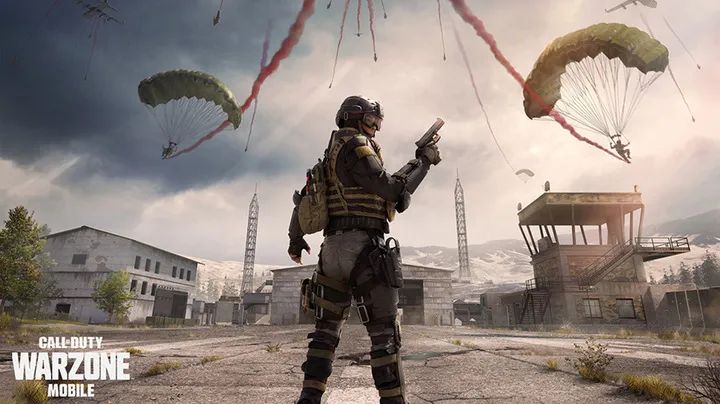
Clutch plays are the most exciting—and stressful—part of S&D. Winning a 1v2 or 1v3 requires calm execution and sharp decision-making.
Clutch Mindset
- Stay Calm: Don’t panic; every second counts.
- Divide and Conquer: Avoid fighting multiple enemies at once—pick them off individually.
- Play the Clock: Use the bomb timer to your advantage.
Techniques
- Sound Cues: Listen for enemy footsteps or bomb plants/defuses.
- Unexpected Routes: Flank or reposition to confuse enemies.
- Utility Usage: Save stuns/smokes for critical moments.
A clutch win not only secures the round but also shifts the momentum of the entire match.
Team Communication and Mental Edge
Communication is the backbone of Search & Destroy. Even a mechanically skilled team will fail if they cannot share information effectively.
Communication Tips
- Keep It Short: Use concise callouts rather than long descriptions.
- Stay Positive: Negative chatter hurts morale—encourage instead.
- Information Flow: Share what you know quickly, but avoid overwhelming teammates.
Mental Edge
S&D is as much a psychological battle as it is a tactical one. Keeping composure after losses, adapting strategies mid-series, and staying unpredictable all create an edge over your opponents.
Conclusion
Search & Destroy in Call of Duty is the purest test of tactical intelligence, mechanical skill, and teamwork. From carefully choosing loadouts to memorizing map callouts, from mastering opening plays to executing disciplined site defenses, every detail matters. The best players aren’t just sharpshooters—they are thinkers, communicators, and strategists.
By applying the tips and guides laid out in this handbook, you’ll develop the confidence to not only hold your own in S&D matches but also consistently lead your team to victory. Whether you’re clutching in a 1v3, coordinating a bomb site push, or locking down a defense with patience and discipline, the key is adaptability and awareness.
The battlefield of Search & Destroy rewards the players who prepare the most, think the sharpest, and play with both patience and purpose.








